In a country as vast and diverse as the United States, it’s no surprise that event trends evolve at a breakneck pace. As we steer into this dynamic new era, “Innovative Event Formats” are not just buzzwords—they’re the lifeline of an industry that thrives on creativity and adaptability. From the East Coast’s bustling cities to the laid-back vibes of the West, there’s a palpable hunger for fresh, engaging, and memorable experiences.
If you’ve ever been to an event that left a lasting impression, you’ll know exactly what I mean. It’s the magic that happens when organizers push boundaries, blending tried-and-true traditions with cutting-edge concepts. It’s not just about attendance; it’s about engagement, connection, and sparking genuine emotions. In this deep dive, we’ll explore 10 pioneering event formats that are reshaping America’s social and corporate scenes.
1. Interactive Workshops and Masterclasses
Fact: Studies have shown that people retain up to 75% of what they learn when they practice it immediately.
The shift towards hands-on learning is not new, but the scale and diversity of its application are unprecedented. Events aren’t just about passive consumption anymore. Attendees crave active participation, and organizers have heeded the call.
Gone are the days when workshops were limited to art or craft. From gourmet cooking sessions with Michelin-starred chefs to intensive coding bootcamps, there’s an ever-growing demand for expertise. People aren’t just looking for information; they want skills, and they want to acquire them in an engaging, immersive environment. For instance, rather than simply watching a pottery demo, attendees can now shape clay alongside a master potter.
These sessions offer unparalleled value. Not only do they cater to different learning styles, but they also foster a sense of community. As attendees collaborate, experiment, and sometimes even fail together, they form bonds that are hard to replicate in more traditional settings. This collective learning experience is amplified by experts who don’t just share knowledge but actively mentor, ensuring participants walk away with tangible skills and memories.
2. Immersive Experience Events
Fact: According to EventMB, immersive experiences can boost event engagement by over 20%.
Step into a world meticulously crafted for you—a world where every element, from the décor to the music, tells a story. Immersive experiences blur the lines between attendee and performer, drawing guests into narratives or themes.
Ever been to a 1920s-themed speakeasy party? That’s just scratching the surface. More elaborate setups might transport attendees to dystopian futures, historical epochs, or even fictional universes. Organizers often employ actors to interact with guests, deepening their immersion. The goal isn’t just to witness but to become an active participant in the story.
Brands have taken note, of leveraging this format for product launches or promotional events. Instead of standard product demos, imagine being whisked away to a rainforest, experiencing all the sensory delights, only to discover it’s an introduction to a new eco-friendly product line. It’s marketing, storytelling, and entertainment, all rolled into one.
Such events offer more than just novelty. They tap into our innate love for stories, creating lasting emotional connections. When executed well, attendees don’t just leave with memories; they leave with stories they’re eager to share.
3. Gamified Conventions and Conferences
Fact: According to Gartner, gamification can lead to a 250% increase in engagement when implemented in event scenarios.
Who said conventions and conferences have to be all about serious discussions and long presentations? By introducing game elements into these traditionally formal settings, organizers are transforming the attendee experience.
Consider the typical corporate conference. You’d likely have keynote speakers, breakout sessions, and networking breaks. Now, envision a layer of gamification atop this structure. Attendees earn points for attending sessions, engaging with exhibitors, or participating in workshops. These points could translate to rewards, exclusive content, or simply bragging rights on a leaderboard.
The beauty of gamifying events is its adaptability. Whether it’s a scavenger hunt that encourages participants to explore an expo or a mobile app that pushes out challenges throughout the day, the options are limitless. For instance, some conferences use augmented reality games to guide attendees through the venue, offering both entertainment and a clever way to showcase sponsors.
The result? Attendees aren’t just passive participants. They’re actively involved, seeking opportunities, forming teams, strategizing, and genuinely enjoying the process. This not only enhances learning and retention but also amplifies networking opportunities, as attendees often collaborate to meet game objectives.
4. Hybrid Virtual and Physical Events
Fact: A report from Bizzabo found that 97% of event marketers believe we will see more hybrid events in the future.
The events industry, like many others, felt the ripple effects of the global pandemic. But with challenges came innovations. While virtual events kept the world connected during lockdowns, a new format emerged on the horizon: the hybrid event.
At its core, a hybrid event merges the physical and digital realms. Imagine a live concert where the in-person audience is complemented by a virtual one, both experiencing the event simultaneously but in different ways. Or a conference where virtual attendees can engage with speakers, network with others, and even explore virtual booths.
The appeal is manifold. For attendees, it offers flexibility. Can’t travel? You can still be a part of the experience. For organizers, it broadens reach. A local seminar can suddenly have a global audience. Companies have even noticed a rise in attendance, as virtual options often reduce barriers like cost and travel.
Moreover, the digital component allows for unique engagements. Virtual reality, for example, can provide remote attendees with a 3D conference experience, while AI-driven networking platforms can connect like-minded individuals across continents. In essence, hybrid events represent the best of both worlds, capturing the tactile authenticity of physical gatherings and the expansive potential of virtual ones.
5. Sustainable and Eco-friendly Gatherings
Fact: According to a study by MeetGreen, the average conference attendee produces 1.89 kg of waste per day, 1.16 kg of which will go directly to a landfill.
Sustainability is no longer a buzzword; it’s a clarion call. As climate change concerns intensify, the events industry has not remained untouched. The focus has shifted from grandeur and opulence to responsibility and minimalism.
This shift isn’t just about ditching plastic or reducing paper usage. It’s a holistic approach that touches every facet of event planning. Venues are chosen based on their eco-friendliness, often powered by renewable energy or designed for natural ventilation. Catering leans towards locally sourced, organic produce, reducing the carbon footprint associated with transportation. Even event swag is getting a green makeover, with reusable or biodegradable materials taking center stage.
But it’s not just about being eco-friendly; it’s about spreading awareness. Many events now incorporate sustainability workshops, teaching attendees about eco-conscious living. Others promote carbon offsetting, encouraging participants to calculate their event-related emissions and offset them through initiatives like tree planting.
In adopting these measures, organizers aren’t just curating events; they’re making a statement. They’re showcasing a commitment to the planet, and in doing so, they’re inspiring attendees to adopt a similar mindset. After all, if an event with thousands of attendees can go green, why can’t an individual?
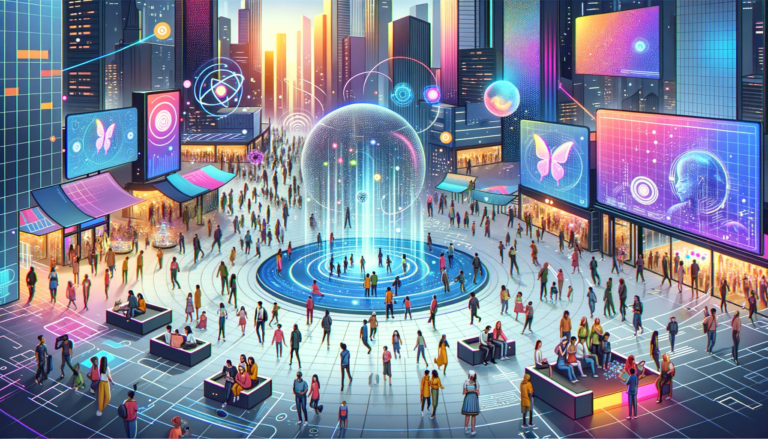
6. Pop-up Events and Flash Mobs
Fact: Pop-up events have seen a 39% increase in launch rates year on year, signaling their growing popularity as per EventTrack.
The allure of pop-up events and flash mobs lies in their unpredictability and spontaneity. They’re here one moment, gone the next, leaving behind a trail of intrigue and memories.
Pop-up events, whether they’re impromptu art galleries, secret dinners, or exclusive fashion sales, bank on exclusivity. The transient nature of these events creates an immediate sense of urgency and FOMO (Fear of Missing Out). A vacant storefront can transform overnight into a bustling hub for a niche brand, offering unique products or experiences. Attendees, knowing the event’s ephemeral nature, are more likely to engage, invest, and indulge.
Flash mobs, on the other hand, combine the thrill of performance with the element of surprise. Picture yourself in a crowded mall when suddenly, the person next to you breaks into a choreographed dance, soon joined by dozens around. These public performances, often used for promotional purposes or social messages, capture attention like nothing else.
For brands and organizers, these formats provide a unique marketing opportunity. They bypass the typical promotional clutter, offering authentic and memorable interactions. And in an age where every experience is Instagram-worthy, the virality potential of such events is massive. After all, who wouldn’t want to share that they were part of something exclusive and unexpected?
7. Mindfulness and Well-being Retreats
Fact: The global wellness market, which includes wellness tourism and mindfulness retreats, is estimated to be over $4.5 trillion according to the Global Wellness Institute.
In an increasingly chaotic world, the quest for inner peace and well-being has never been more profound. Enter mindfulness and well-being retreats, and sanctuaries that promise a respite from the relentless hustle and bustle of modern life.
While the idea of wellness retreats isn’t novel, their formats have evolved to cater to diverse needs. From digital detox camps that enforce a strict no-gadget policy to holistic retreats blending yoga, meditation, and therapeutic workshops, there’s something for everyone. These events aren’t just about relaxation; they’re transformative journeys curated to rejuvenate the mind, body, and soul.
Many of these retreats are nestled in nature, harnessing the therapeutic power of the great outdoors. Whether it’s a serene beachside setting or a tranquil forest enclave, the environment plays a pivotal role in the healing process. Add to this a blend of traditional and contemporary wellness practices, and you have a potent recipe for holistic well-being.
What’s particularly fascinating is the increasing inclusion of scientific principles in these retreats. With workshops on neuroplasticity, biohacking, or the science of sleep, attendees are not just experiencing well-being; they’re understanding its intricacies. As they say, true well-being is a journey, not a destination, and these retreats are the perfect starting point.
8. Edutainment-Based Gatherings
Fact: Edutainment, a blend of education and entertainment, is expected to grow at a CAGR of 17% between 2020 and 2026, reflecting its rising demand as per MarketWatch.
The days of yawn-inducing lectures and dreary presentations are long gone. Today’s learners demand engagement, and edutainment-based gatherings are here to deliver.
As the name suggests, edutainment combines education with entertainment. It’s a dynamic format that ensures learning isn’t just effective but enjoyable. Think of a history lesson delivered through a theatrical performance or a physics concept explained using interactive VR tools. The boundaries of traditional education are being stretched, and replaced with innovative methods that captivate and educate simultaneously.
Museums, for instance, have transformed from static display centers to interactive hubs. With augmented reality, visitors can experience historical events firsthand or dive deep into the intricacies of a displayed artifact. Similarly, corporate training sessions are leveraging gamification, ensuring employees are not just trained but thoroughly engaged.
Such gatherings cater to diverse learning styles. While some may grasp concepts best through reading, others benefit from visual or kinesthetic experiences. By offering a medley of educational approaches, edutainment ensures no learner is left behind. And when attendees are entertained, they’re more likely to retain information, leading to more effective and lasting learning outcomes.
9. Digital Art and Augmented Reality Shows
Fact: The digital art market, accelerated by augmented reality (AR) and virtual reality (VR), is expected to reach over $20 billion by 2025, as per the International Data Corporation (IDC).
The realm of art has always been transformative, but with the advent of technology, it’s entering an era that’s nothing short of revolutionary. Digital art and augmented reality (AR) shows stand testament to this metamorphosis, challenging the traditional boundaries of creativity.
Digital art is no longer confined to screens or static displays. Through AR, it comes alive, offering an immersive experience that’s both captivating and interactive. Imagine walking into a gallery where, instead of observing a painting, you step into it, experiencing its universe in 360 degrees. Such is the magic of AR art shows.
Beyond traditional galleries, public spaces are getting a digital makeover. A mundane wall, with the help of AR, can transform into a dynamic mural that tells a story or reacts to its audience. These installations, often accessible via smartphones or AR glasses, are making art inclusive and omnipresent.
Then there’s the potential for personalization. Digital art exhibits can be tailored to resonate with individual preferences, ensuring every attendee has a unique experience. This not only makes the engagement deeply personal but also promotes repeated visits, as the art evolves based on user interactions.
In essence, digital art and AR are not just reshaping the art landscape; they’re redefining our relationship with it. In this digital age, we’re not mere spectators; we’re active participants in the artistic journey.
10. Community-driven and Crowdsourced Events
Fact: According to Eventbrite, 80% of millennials believe that attending live events makes them feel more connected to other people, their community, and the world.
The age of top-down event planning is being complemented, and in some instances, replaced, by a more democratic approach: community-driven and crowdsourced events. These gatherings are a testament to the power of collective thought, reflecting the desires, interests, and aspirations of the community they cater to.
Crowdsourced events can start with a simple idea or a question: “What kind of event would you like to attend?” Through platforms like social media, communities come together to brainstorm, plan, and even fund these gatherings. This could be a neighborhood block party, a niche workshop series, or even a local arts festival. The underlying thread? They’re all shaped by the people, for the people.
Such events inherently have a higher engagement rate. When individuals see their ideas come to fruition, their sense of ownership and involvement is unparalleled. It’s not just about attending an event; it’s about witnessing a collective vision take shape.
Furthermore, these events often reflect authentic cultural, local, or communal nuances that might be overlooked by external organizers. They’re a mirror to the community’s ethos, and in many ways, they foster deeper connections among participants.
In an age where digital interactions often overshadow physical ones, community-driven events act as a refreshing counterpoint. They remind us of the magic of human collaboration and the beauty of shared experiences.
In the constantly evolving world of events, innovation isn’t just a luxury; it’s a necessity. As we’ve explored through these ten “Innovative Event Formats” burgeoning in the United States, the industry is pushing boundaries, embracing technology, and prioritizing community like never before. From gamified conventions to immersive digital art exhibitions, there’s a palpable shift towards creating experiences that are not just memorable but transformative.
What stands out is the underlying theme of personalization and engagement. Gone are the days when attendees were passive observers. Today, they’re active participants, collaborators, and in many cases, co-creators of the event experience. Whether it’s through AR-enhanced art shows or community-driven gatherings, the emphasis is on fostering deeper connections, be it with the content, the environment, or fellow attendees.
The rise of sustainable gatherings further underscores the industry’s commitment to broader global concerns. As events transition from opulence to responsibility, they’re echoing a sentiment shared by many: the need for a more sustainable and mindful future.
But perhaps what’s most heartening is the inclusivity these innovative formats bring to the table. With hybrid events and digital integrations, the realm of events is more accessible than ever. Distances are shrinking, barriers are dissolving, and the world, as they say, is becoming a smaller place.
As we look to the future, one thing is clear. The world of events, driven by creativity and buoyed by technology, is on the brink of an exciting new era. And for attendees, organizers, and stakeholders alike, this promises a journey filled with discovery, engagement, and unparalleled experiences.
In the end, it’s not just about curating events; it’s about crafting stories, forging connections, and above all, creating moments that resonate long after the curtains fall. As we embrace these innovative formats, we’re not just celebrating events; we’re celebrating the human spirit, in all its collaborative, creative, and boundless glory.
We welcome any suggestions or questions. You can email us or contact us using the contact page.
You can also connect with us on the following social networks:





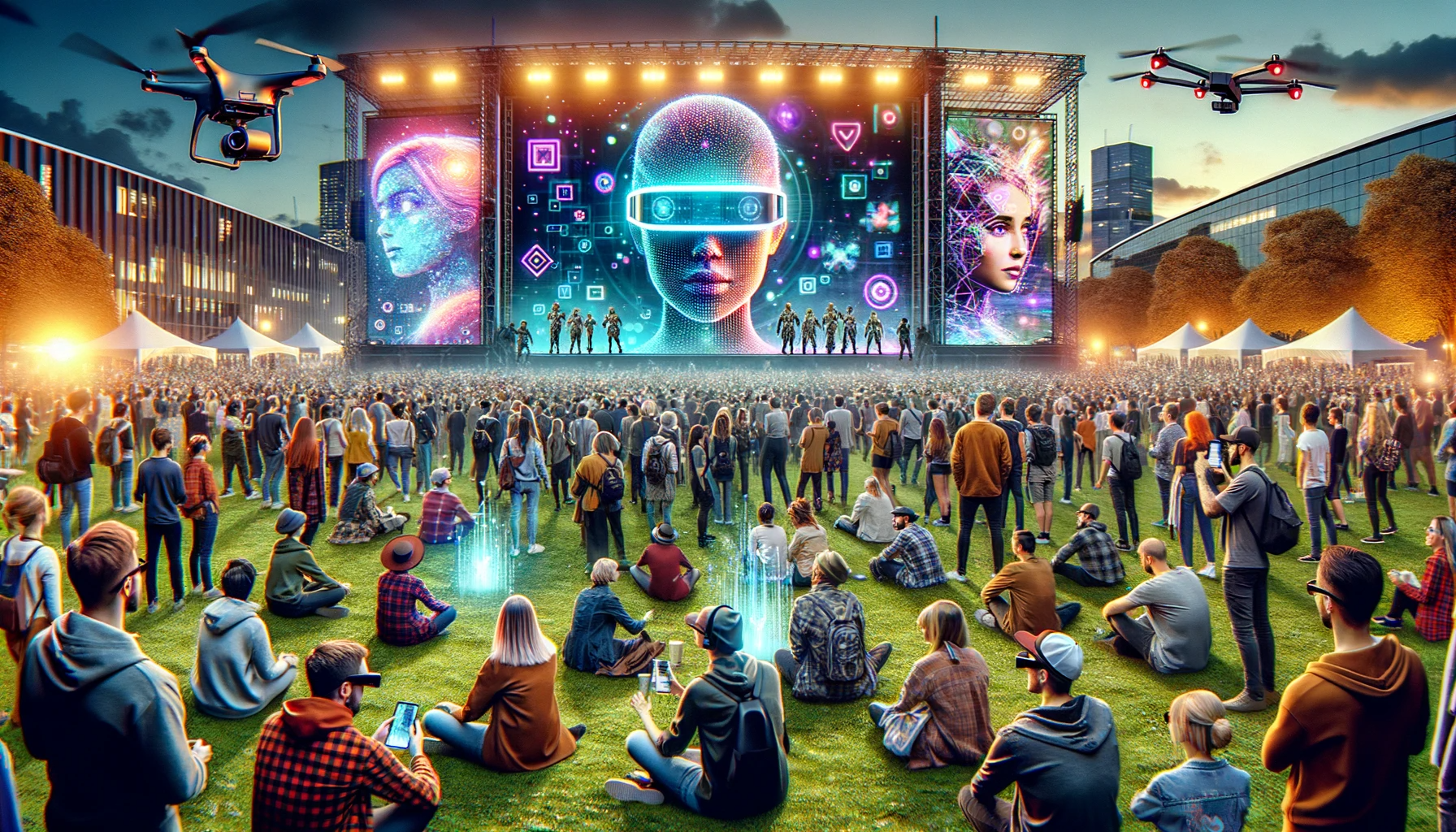
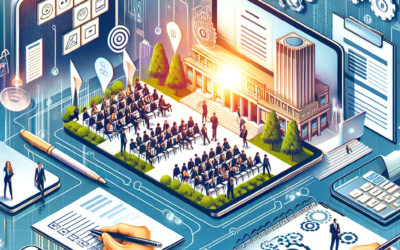
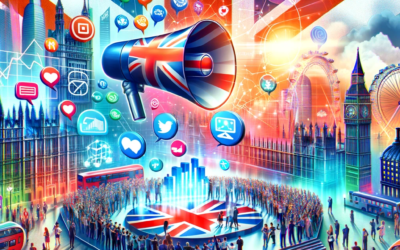
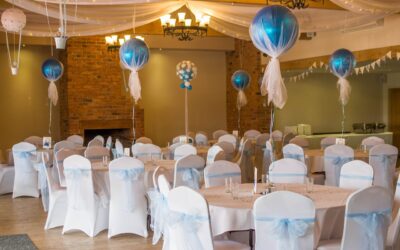
0 Comments